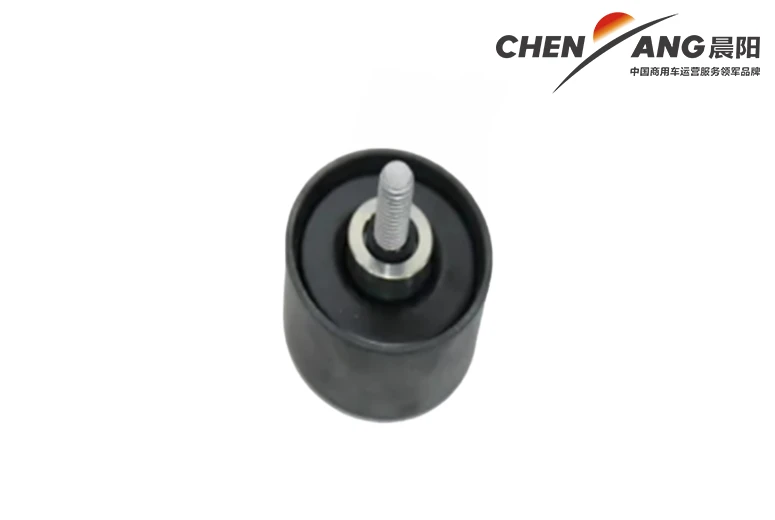Understanding the Functionality and Benefits of Transmission Torque Converters in Vehicles
Understanding Transmission Torque Converters
Torque converters are essential components in automatic transmission systems, primarily found in vehicles equipped with automatic or semi-automatic gearboxes. Their primary function is to transfer engine power to the transmission while allowing for a smooth and efficient transition of power, adjusting to variations in speed and load conditions. In this article, we will explore the fundamental concepts of torque converters, how they function, and their significance in modern automotive engineering.
What is a Torque Converter?
A torque converter is a fluid coupling located between the engine and the transmission. It serves to multiply the engine's torque when accelerating from a stop and to disengage the engine from the transmission while the vehicle is stationary. This fluid-coupling mechanism eliminates the need for a traditional clutch, allowing for smoother gear shifts and improved overall driving experience.
Components of a Torque Converter
A typical torque converter consists of three main components the impeller (or pump), the turbine, and the stator. Each of these plays a critical role in the converter's operation.
1. Impeller (Pump) The impeller is connected to the engine's flywheel and spins at engine speed. As it rotates, it draws in transmission fluid and accelerates it outward. This motion creates a pressure difference that helps to spin the turbine.
2. Turbine The turbine is connected to the transmission input shaft. As the fluid from the impeller strikes the turbine blades, it causes the turbine to spin and, subsequently, drives the transmission. The turbine's speed is reliant on the amount of fluid coming from the impeller; the faster the impeller spins, the more torque is generated at the turbine.
3. Stator The stator is located between the impeller and turbine. Its primary role is to redirect fluid returning from the turbine before it re-enters the impeller. This redirection helps to increase the efficiency of the torque converter by allowing the impeller to work more effectively, particularly during low-speed conditions.
How Torque Converters Work
transmission torque converter

The operation of a torque converter is governed by the principles of fluid dynamics. When the vehicle starts moving, the engine generates torque, which the impeller converts into hydraulic energy. As the impeller spins, the fluid is propelled toward the turbine, causing it to rotate. At low speeds, the torque converter multiplies the torque supplied by the engine, providing additional power to overcome inertia and accelerate the vehicle.
As the vehicle gains speed, the turbine begins to approach the speed of the impeller. Once they reach a specific speed ratio, a component called the lock-up clutch engages, effectively creating a direct connection between the engine and the transmission. This engagement minimizes energy losses and improves fuel efficiency, particularly during highway driving.
Advantages of Using a Torque Converter
The integration of a torque converter into vehicle design offers numerous benefits
1. Smooth Operation Torque converters provide seamless gear shifts, enhancing the overall driving experience. This smoothness comes from their ability to absorb engine vibrations and adjust fluid flow dynamically.
2. Torque Multiplication At low speeds, a torque converter can significantly increase engine torque, facilitating smoother starts and better acceleration without the need for additional power from the engine.
3. Efficiency Modern torque converters are designed with lock-up capabilities that enhance fuel efficiency by eliminating slip at higher speeds. This feature reduces engine load, improving overall vehicle performance and economy.
4. Flexibility Torque converters facilitate a wide range of driving conditions, from stop-and-go traffic to high-speed cruising, adapting to various driver requirements and maintaining optimal performance.
Conclusion
Torque converters play a crucial role in the functionality of automatic transmissions, offering a sophisticated solution to the challenges of power transfer in vehicles. Their unique design and operation allow for an optimal balance between torque multiplication and efficiency, making them indispensable in modern automotive engineering. Understanding how torque converters work enhances not only our knowledge of vehicle mechanics but also underscores the advancements in technology that contribute to a better driving experience. Whether navigating city streets or cruising on the highway, torque converters ensure that power delivery remains smooth and efficient, demonstrating the ingenuity behind the mechanics of transportation.
-
Grain Fertilizer Seeder-Chenyang Group|Precision&EfficiencyNewsJul.30,2025
-
2BFY Traction Series Seeder-Chenyang Group|Integrated Seeding,FertilizingNewsJul.30,2025
-
2BFY Traction Series Grain Fertilizer Seeder - Chenyang Group | Precision Farming, Seeding & FertilizingNewsJul.30,2025
-
2BFY Traction Series Grain Fertilizer Seeder-Chenyang Group|Seeding & Fertilizing EfficiencyNewsJul.29,2025
-
2BFY Traction Series Grain Fertilizer Seeder-Chenyang Group|Integrated Seeding&Fertilizing, High EfficiencyNewsJul.29,2025
-
2BFY Traction Series Grain Fertilizer Seeder - Chenyang Group|Integrated Seeding&FertilizingNewsJul.29,2025
Popular products

























